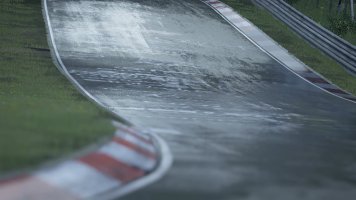Been using AC since I got it with no post processing force feedback. Tonight I decided to try it with a custom lut enabled from lut generator. Big time improvement in feeling the subtle road bumps and such, but there are two things missing.
The wheel has no weighty feel to it anymore. It feels like i'm turning on ice because I can't feel the tyres through the wheel and there's no resistance or strength to rotating it. Secondly, I don't feel the wheel slip like I did before when I step on the gas too strong mid turn or coming out of a turn so I can't tell when i'm losing the car.
What two options can I look to to try and get some of those two effects back. I'm assuming I can raise the slip effect percentage to get more wheel spin effect, but i'm not sure what to do about the loss of strength in rotating the wheel?
Thanks for any advice...
The wheel has no weighty feel to it anymore. It feels like i'm turning on ice because I can't feel the tyres through the wheel and there's no resistance or strength to rotating it. Secondly, I don't feel the wheel slip like I did before when I step on the gas too strong mid turn or coming out of a turn so I can't tell when i'm losing the car.
What two options can I look to to try and get some of those two effects back. I'm assuming I can raise the slip effect percentage to get more wheel spin effect, but i'm not sure what to do about the loss of strength in rotating the wheel?
Thanks for any advice...










